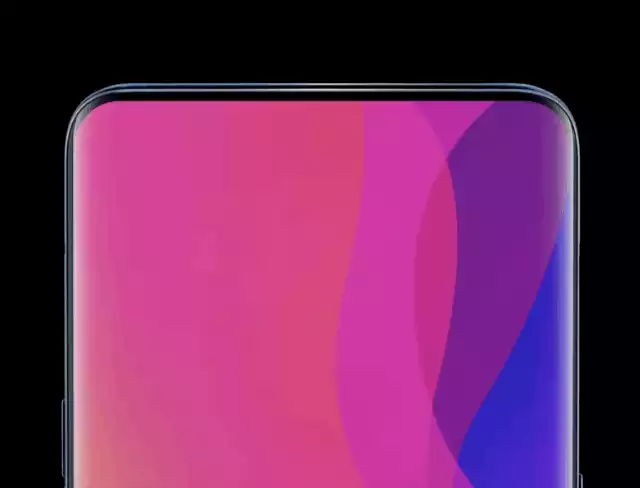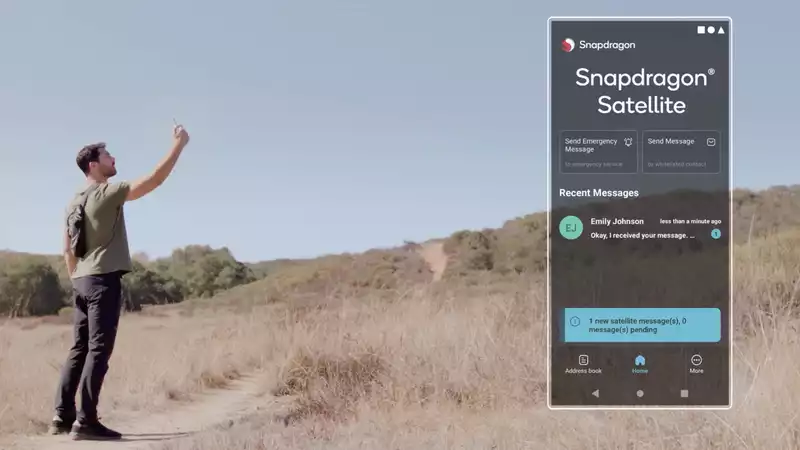2019 seems like a decade ago, but if you were paying attention to smartphones that year, you might remember one of the features that all Androids seemed to be using: the pop-up selfie camera. by 2020, they had all but disappeared, but now they are back They may be making a comeback.
Two recently discovered patents (one from Oppo, the other from Samsung) show what value a pop-up camera could have against punch-hole cameras. The answer is simple: they offer more than their competitors.
Back in 2019, pop-up cameras seemed to be quite popular with Chinese smartphone makers; companies like Oppo, OnePlus, and Xiaomi included them in their flagship phones that year. These mechanisms were both surprising and helpful, as they were an unusual answer to the common question of how to fit a selfie camera into a smartphone without adding more bezels or shrinking the screen.
Other models use a notch design, most famously all flagship iPhones from the iPhone X to the latest iPhone 12, which eats up a large portion of the top edge of the display. There was also the water drop notch, which provided some space but left no room for facial recognition technology. The current trend is the punch-hole notch, which is smaller than the previous solution, but still blocks part of the screen.
Pop-up cameras are a great solution for this, as they can leave the display unobstructed. It doesn't have to be the only camera on board either. For example, Xiaomi added an LED to the Mi 9T Pro's camera to make sure it is in use during video calls. Oppo Reno, on the other hand, was able to incorporate a flash module into the shark fin of the Reno, giving the back an overall cleaner design.
However, there are several inconveniences. First, the mechanism adds weight. For example, compare the weight of the OnePlus 7 Pro (7.26 ounces) to that of the OnePlus 8 Pro (7.02 ounces): the 8 is lighter despite being 0.1 inches larger and having a 5G modem. Also, comparing the OnePlus 8 Pro (8.5 mm thick) to the OnePlus 7 Pro (8.8 mm thick), these mechanisms make them slightly thicker.
While these are only small differences, they can have a significant impact on the phone's comfort. They also add another point of failure within the phone that is difficult to repair, although the pop-up mechanism and motor are no doubt very reliable.
More importantly, the under-display camera is one step closer to becoming mainstream. The first phone to adopt it, the ZTE Axon 20 5G, had some flaws, but in a year or two, most prominent Android phones are expected to adopt under-display cameras. This will likely solve the notch problem permanently, making other solutions, including pop-up cameras, redundant.
However, these new patents indicate that pop-up cameras may still be used.
Oppo's new concept uses two prisms to allow one internal camera array to capture images from both the front and back of the phone. Meanwhile, Samsung's shows a rear camera module that can be rotated 180 degrees to stand up for use as a large selfie camera array, similar to the inverted camera on the Asus ZenFone 7.
The innovations found in Samsung and Oppo's patents indicate that it is not time to completely dismiss pop-up cameras in smartphones. However, I don't think a full-fledged comeback of the pop-up camera is necessary either.
Pop-up cameras may have a future in photography enthusiasts' phones, while most models stick to making the front camera as unobtrusive as possible. Just as flip phones were dead before Samsung's Galaxy Z Flip gave new life to their design, the pop-up camera may be revived with the introduction of new technology.










Comments